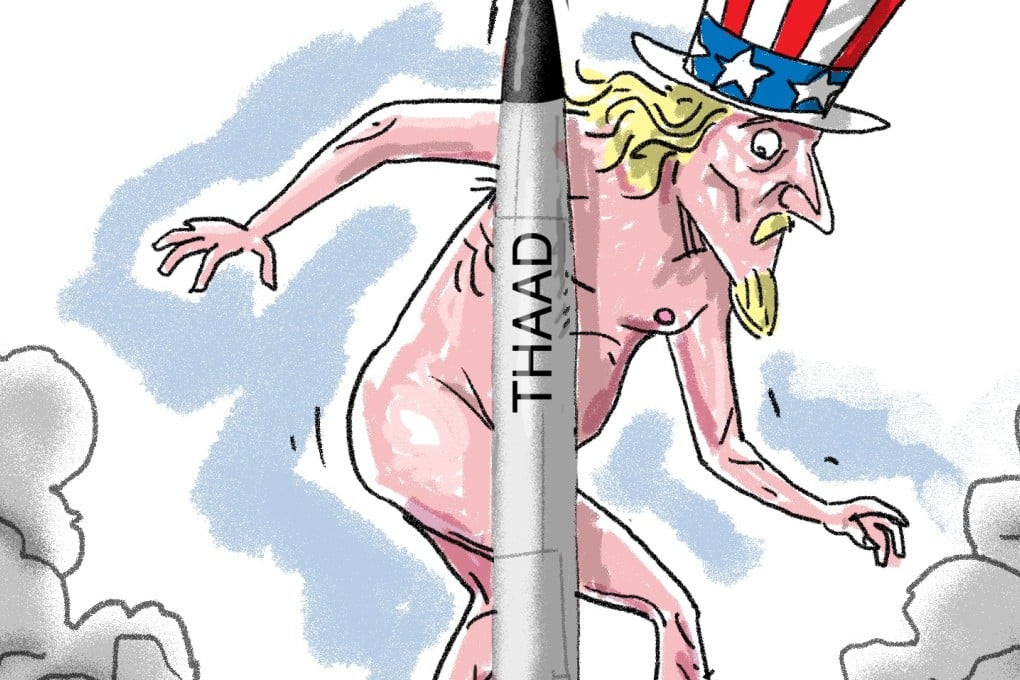Advertisement
The real reason the US hasn’t tried to shoot down a North Korean missile
Will Saetren says vaunted missile defence systems such Aegis and THAAD are, in fact, ineffective and the US won’t attempt a shoot-down because failure would be catastrophic at this stage in the crisis
Reading Time:5 minutes
Why you can trust SCMP
0


If North Korea were to test-fire a live nuclear warhead using one of its ballistic missiles, it would seriously undermine the confidence of US allies – namely, South Korea and Japan – in America’s ability to guarantee their safety and contain the crisis on the Korean peninsula. Not to mention the fact that Trump would go down in history as the president who allowed atmospheric nuclear testing to resume on his watch, despite his best efforts.
Watch: North Korea reacts angrily to Donald Trump’s threats
So, how should the US respond?
One possibility that has been raised is to start shooting down the test missiles. But there is a very good reason that the United States and its allies haven’t been doing that: they probably can’t.
On August 29 and September 15, North Korea launched ballistic missiles on a trajectory that passed directly over Japan. This prompted the Japanese government to broadcast warnings on its nationwide emergency network, urging the populace to take cover.
The September 15 missile test passed 700km over the Japanese island of Hokkaido and landed in the open ocean, 3,700km from its launch point near Pyongyang. That distance is no coincidence. It proves that the US military bases on Guam are within range of North Korea’s missiles.
Advertisement